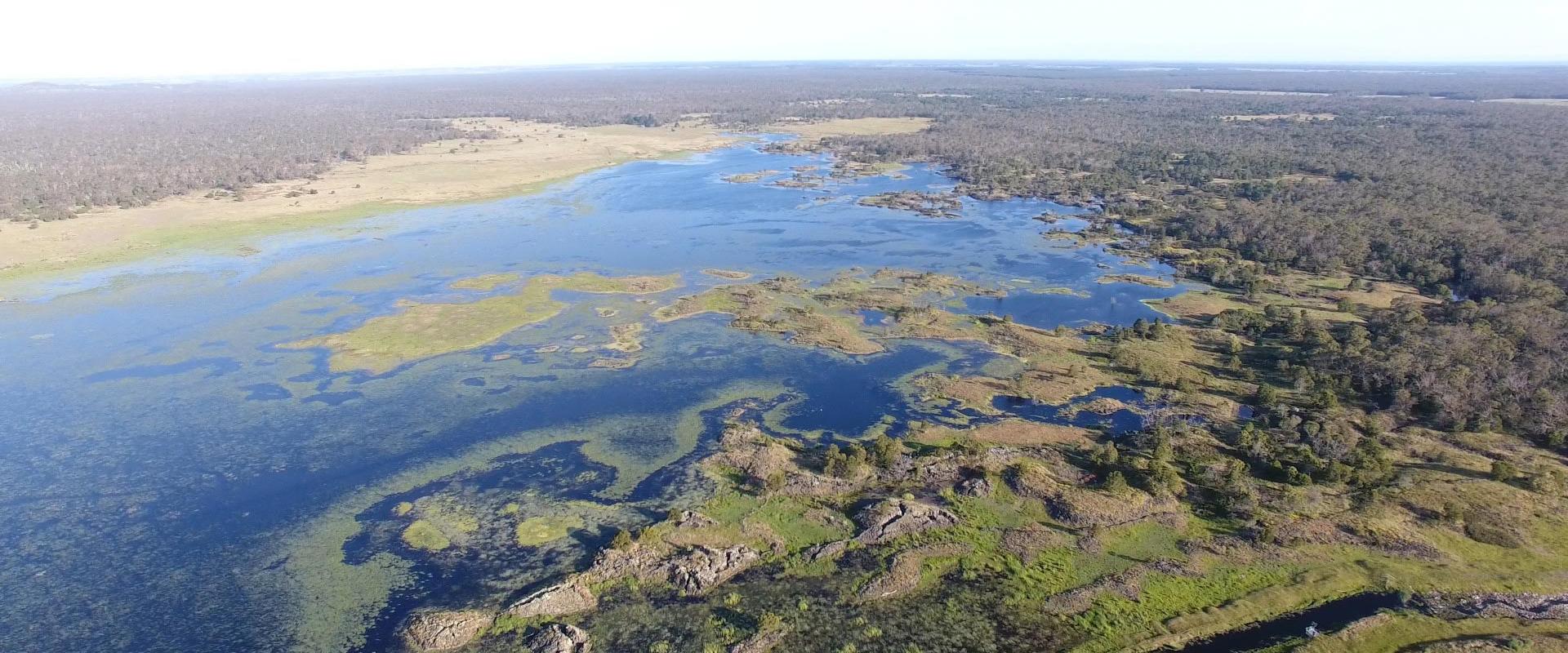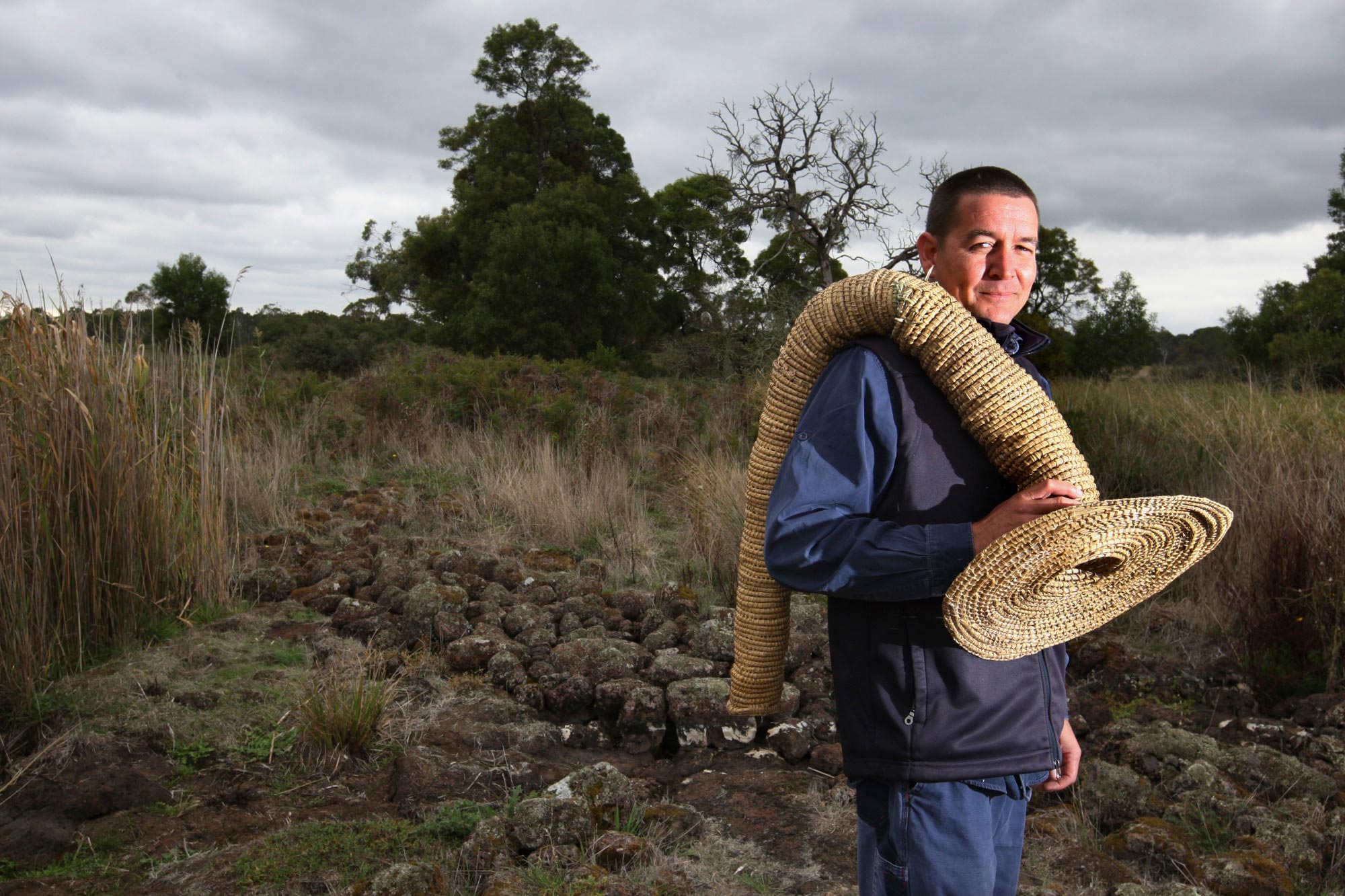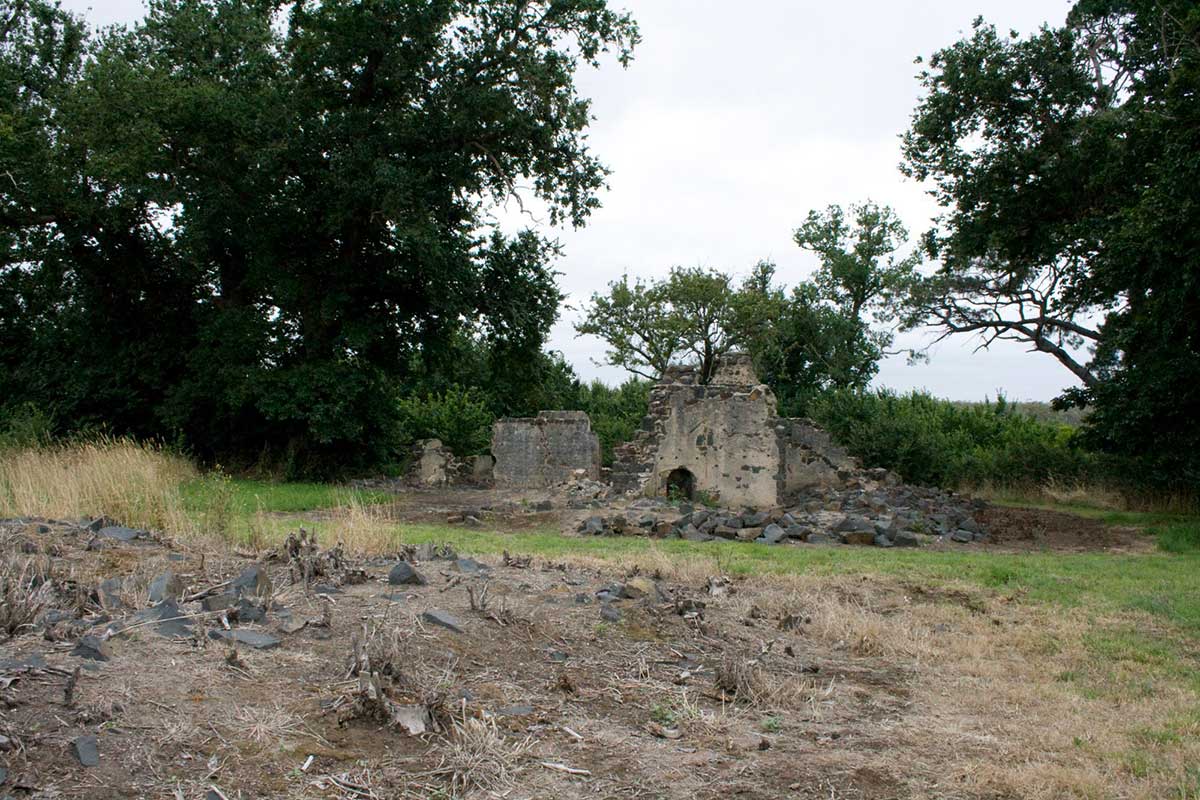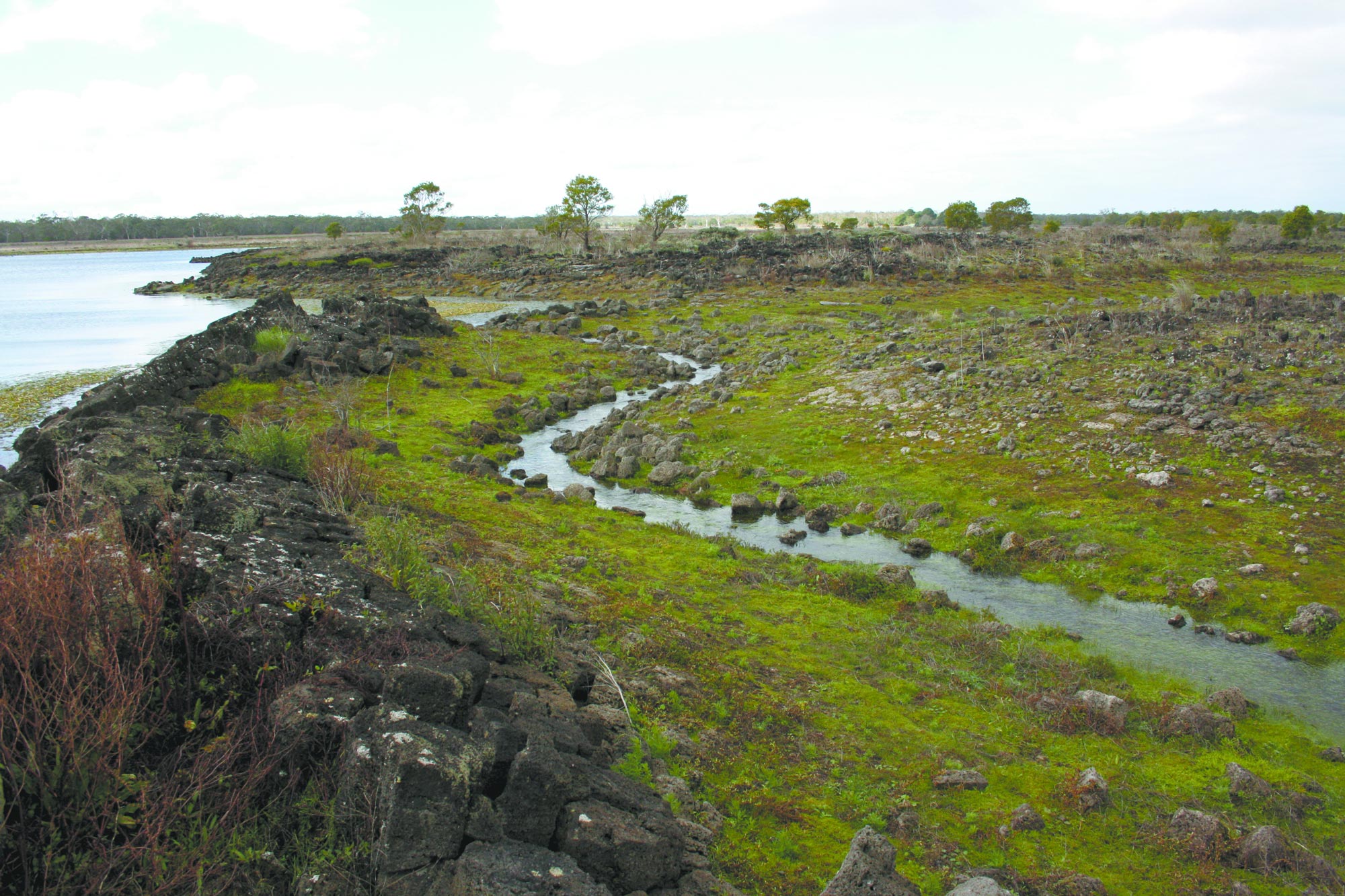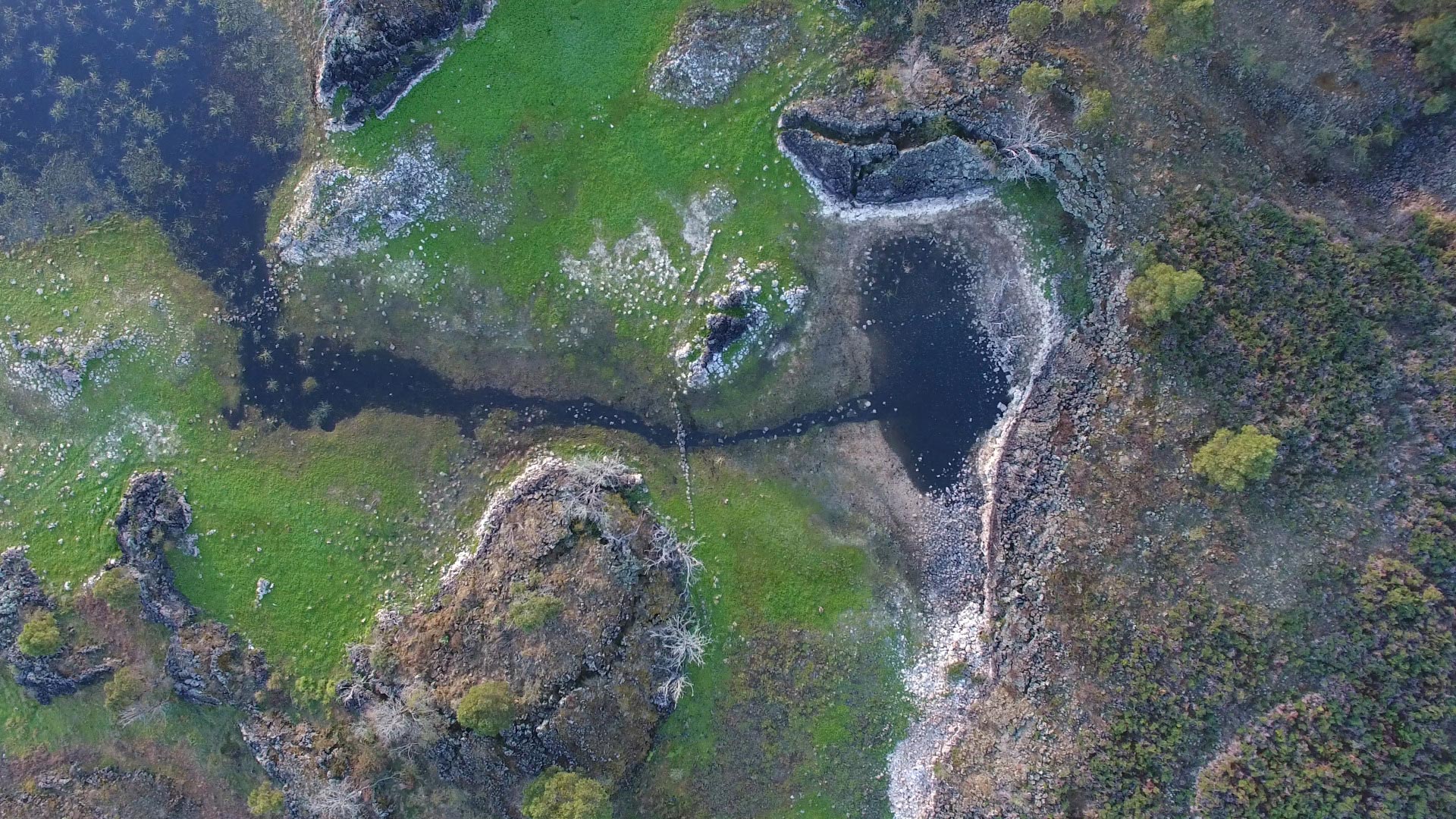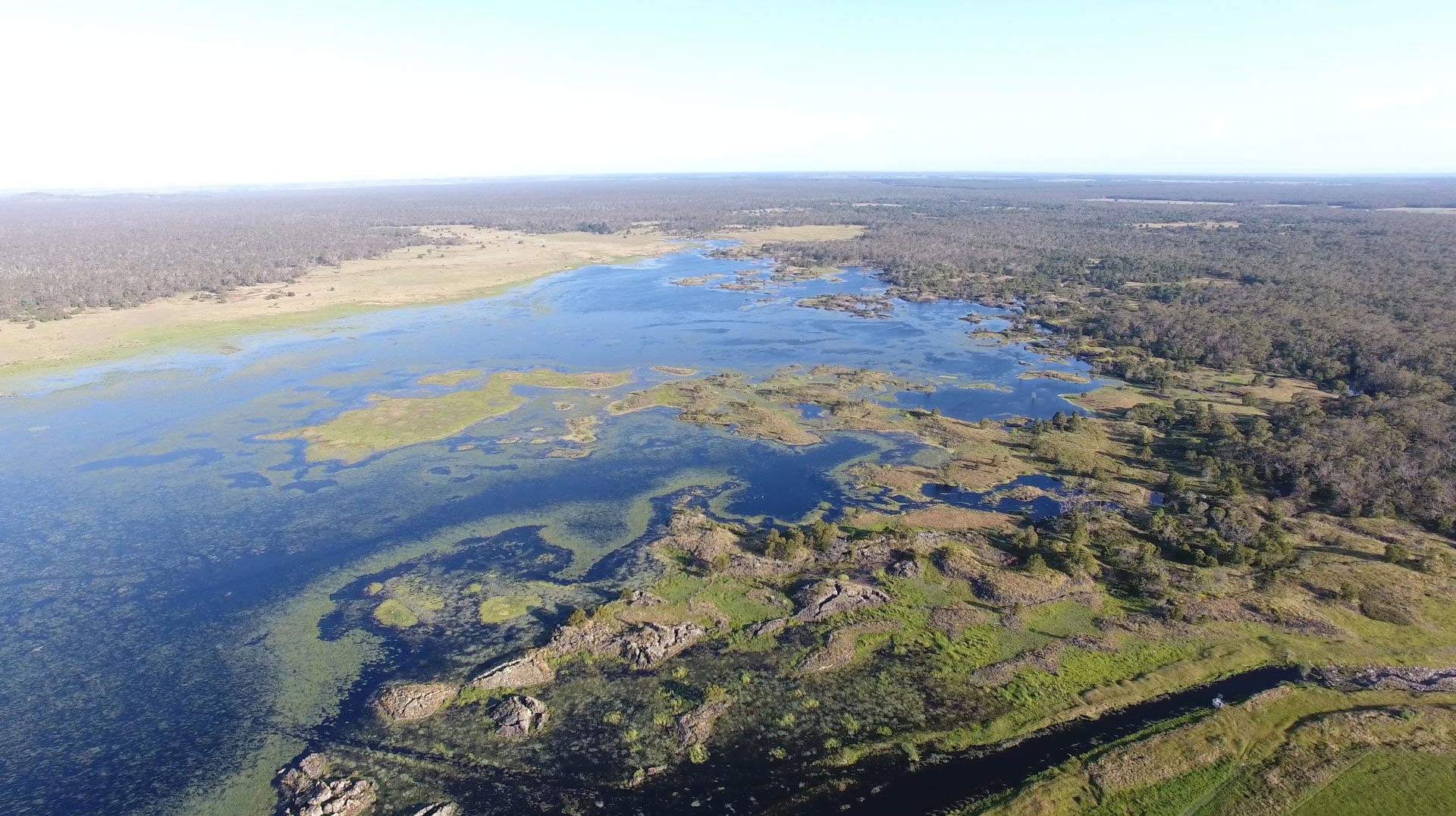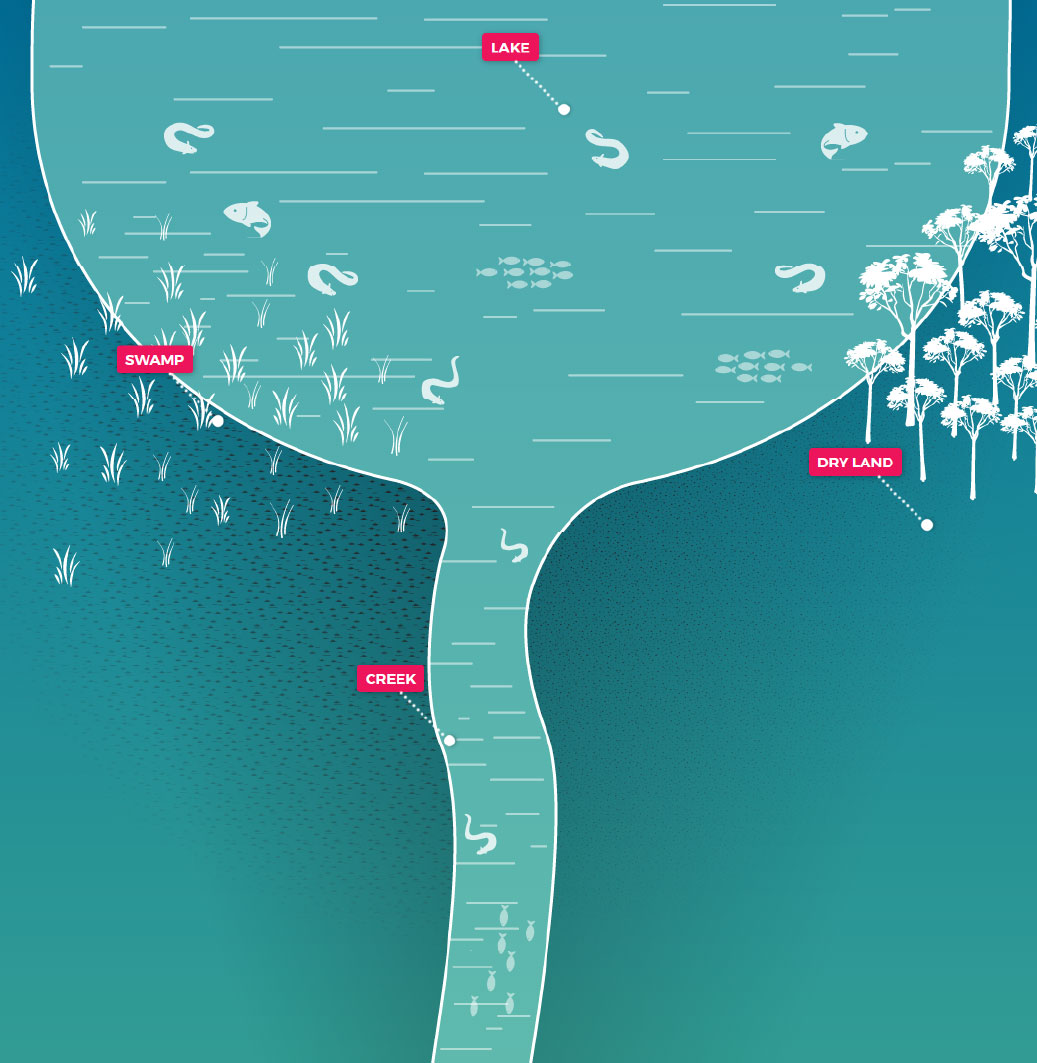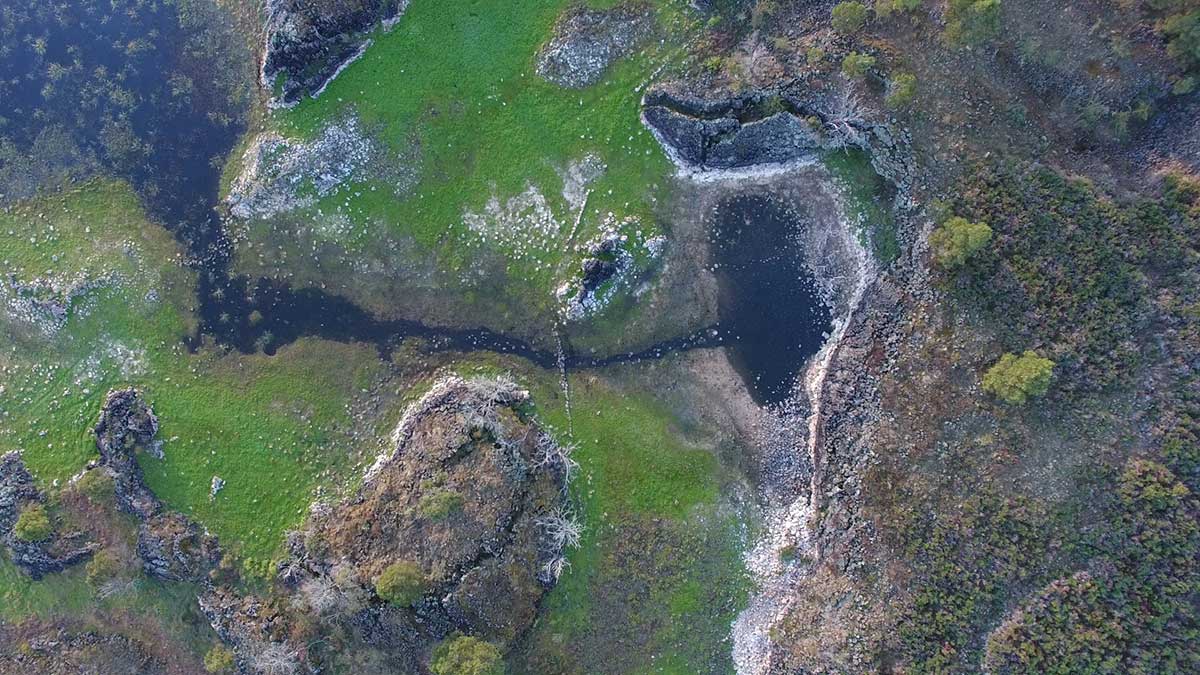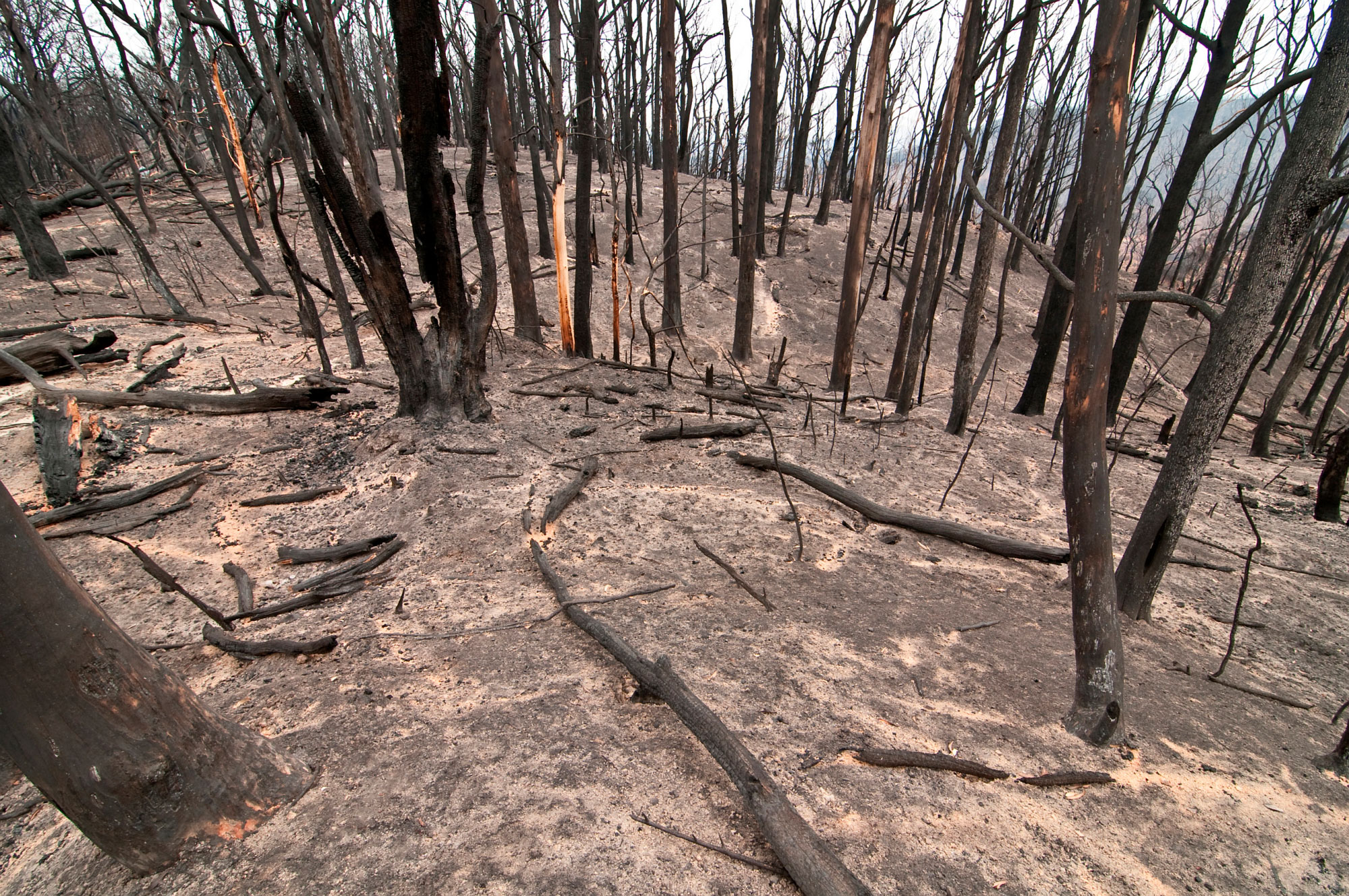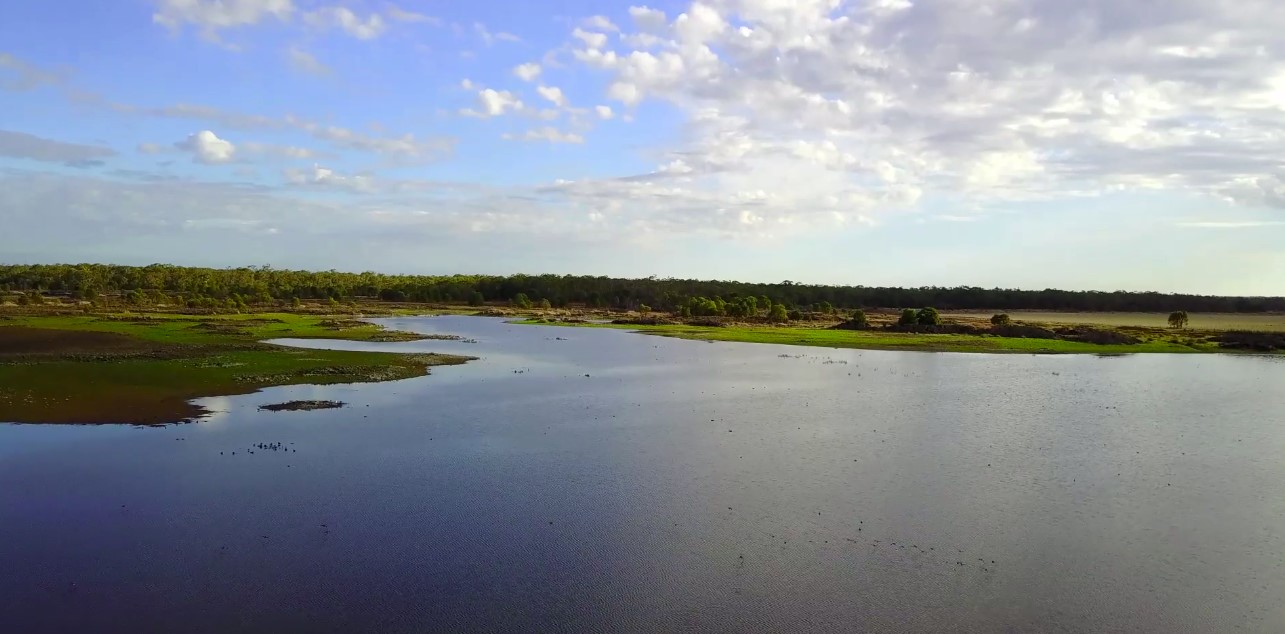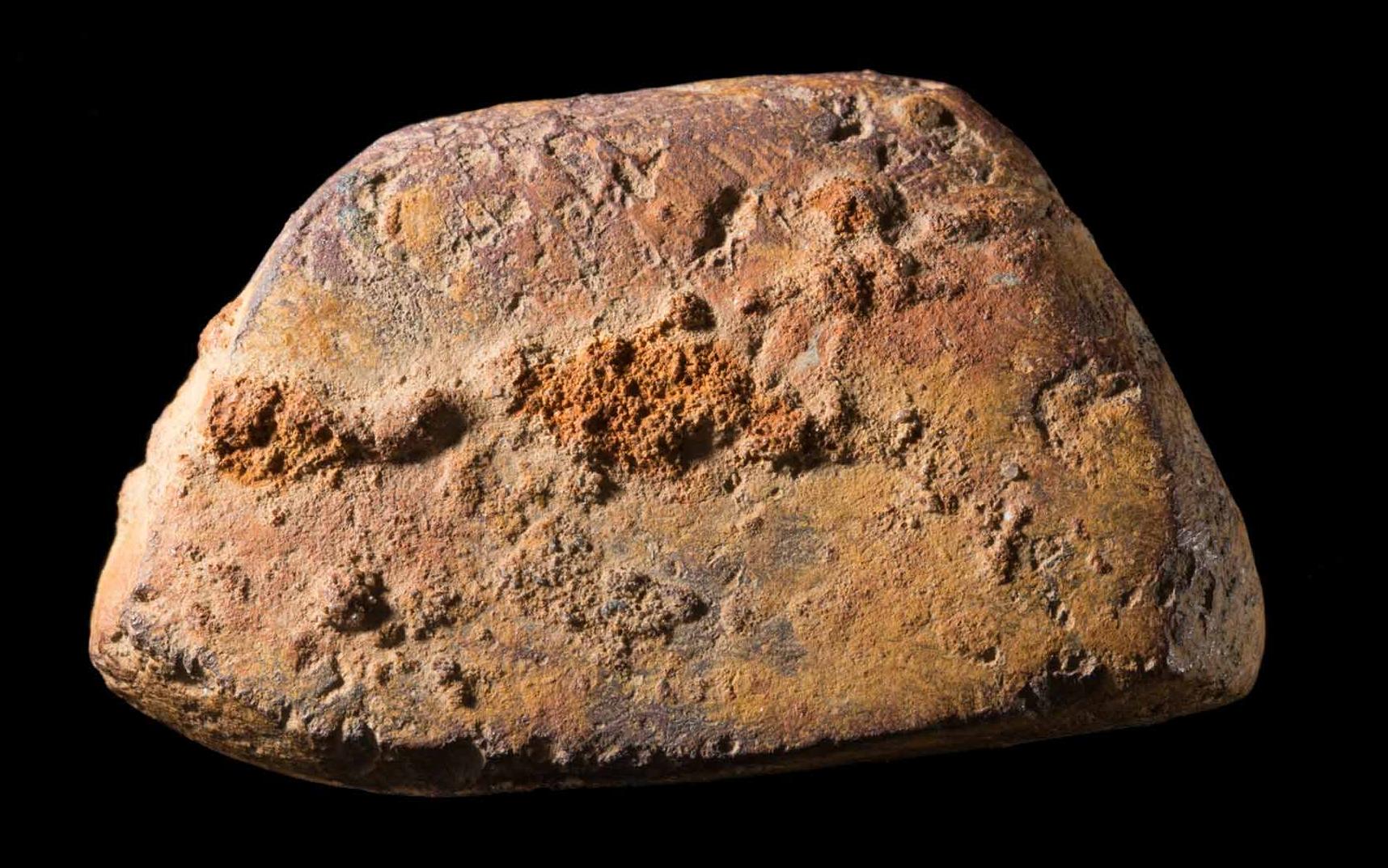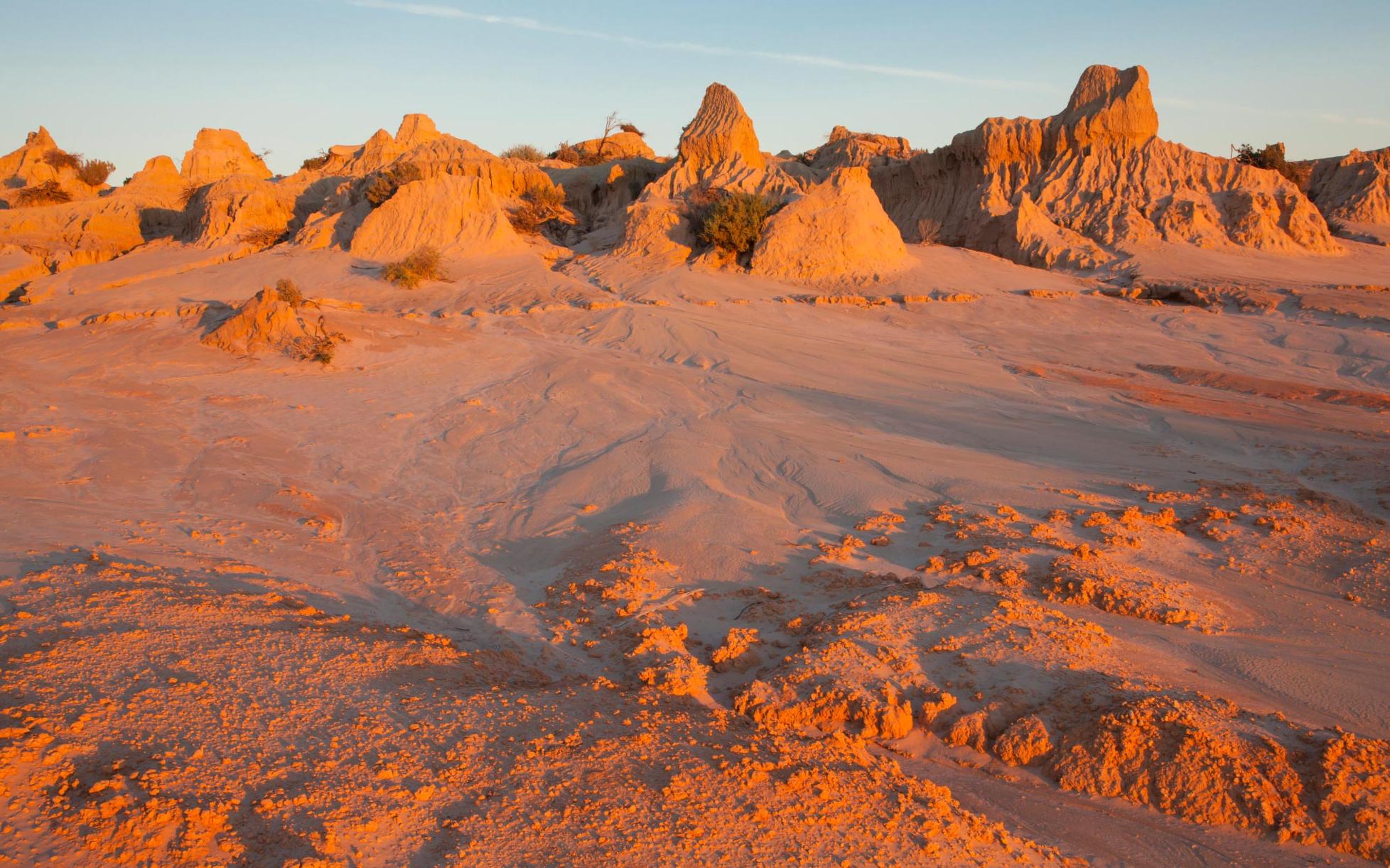Aboriginal engineering
2019: Budj Bim Cultural Landscape given World Heritage status
Aboriginal engineering
2019: Budj Bim Cultural Landscape given World Heritage status
In a snapshot
On 6 July 2019 Budj Bim Cultural Landscape became the first site in Australia to be added to the UNESCO World Heritage List purely for its Aboriginal cultural importance. It is one of the world’s oldest and largest fish farming sites, and is at least 6600 years old. Gunditjmara traditional owners first put forward the site for world heritage listing in 1989, after finally being given back their lands in 1987. The UNESCO World Heritage listing provides ongoing international treaty protection of these lands.
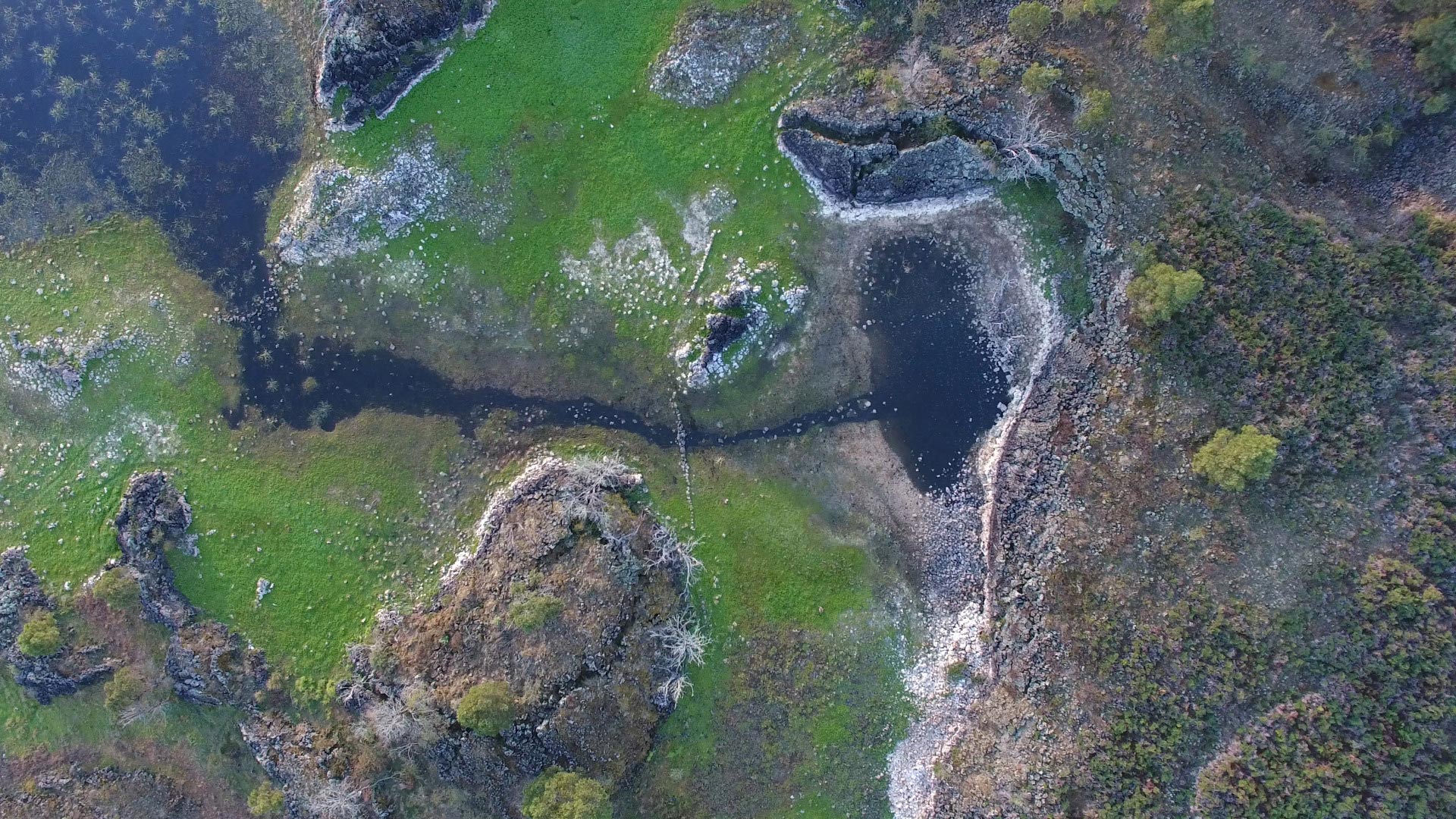
 Can you find out?
Can you find out?
1. Where is the Budj Bim Cultural Landscape?
2. What kinds of animals did the Gunditjmara people trap at Budj Bim? How did they do this?
3. What was the world first that Budj Bim achieved when it was added to the UNESCO World Heritage List?
How was Budj Bim formed?
Budj Bim is a dormant volcano in south-western Victoria. The landscape around Budj Bim was first formed by volcanic eruptions around 27,000 years ago. The volcano erupted at least 10 times and the last eruption happened about 7000 years ago.
The Budj Bim lava flows made a landscape of lakes, ponds and swamps rich in animal and plant life. Lava flows formed Tae Rak (Lake Condah) and Condah Swamp.
What did the Gunditjmara people create at Budj Bim?
The Budj Bim is located in the traditional country of the Gunditjmara Aboriginal people. It is one of the oldest and largest aquaculture sites in the world.
The Gunditjmara people used stones to build a system of channels, weirs and traps using their knowledge of the seasonal rise and fall of water levels. For thousands of years they have used this system to trap food. The Gunditjmara trapped eels by placing long, funnel-shaped woven baskets in the weirs. They also trapped turtles and fish. The trapping, harvesting and farming of eels provided a plentiful supply of food for the Gunditjmara people. They also traded the eels, which were very valuable, at meetings with other Aboriginal groups.
The remains of many circular stone-walled houses can be found throughout the Budj Bim landscape.
Research task
For a period of time after European occupation the Budj Bim area became a ‘mission’. Research more about missions and why they were set up.
‘Gunditjmara wealth came from the rich ecosystems, coasts, wetlands, the plant and animals, and the interweaving of our culture in their management and use.’
What happened to the Gunditjmara when Australia was colonised?
From around 1810 the Gunditjmara people began to be affected by European colonists. Conflict and violence arose between European settlers and the Gunditjmara people in the 1840s.
During the 1850s Aboriginal people across Australia were moved into missions run by churches. Missions sought to bring Aboriginal people together and impose European culture on them. When Framlingham Mission opened in the Western District of Victoria, the Gunditjmara refused to settle there. They said Tae Rak (Lake Condah) was the place where they should be.
In response Lake Condah Mission was opened in 1867, close to the traditional lands of the Gunditjmara. By the 1880s more than 70 Gunditjmara people were living there. In 1886 the number of Aboriginal people living at the Lake Condah Mission dropped after the Aborigines Protection Act 1886 (Vic) said that Aboriginal people of mixed descent couldn’t live there anymore. The mission closed in 1918 but Gunditjmara people stayed there until 1939.
The mission lands were returned to the Gunditjmara in 1987.
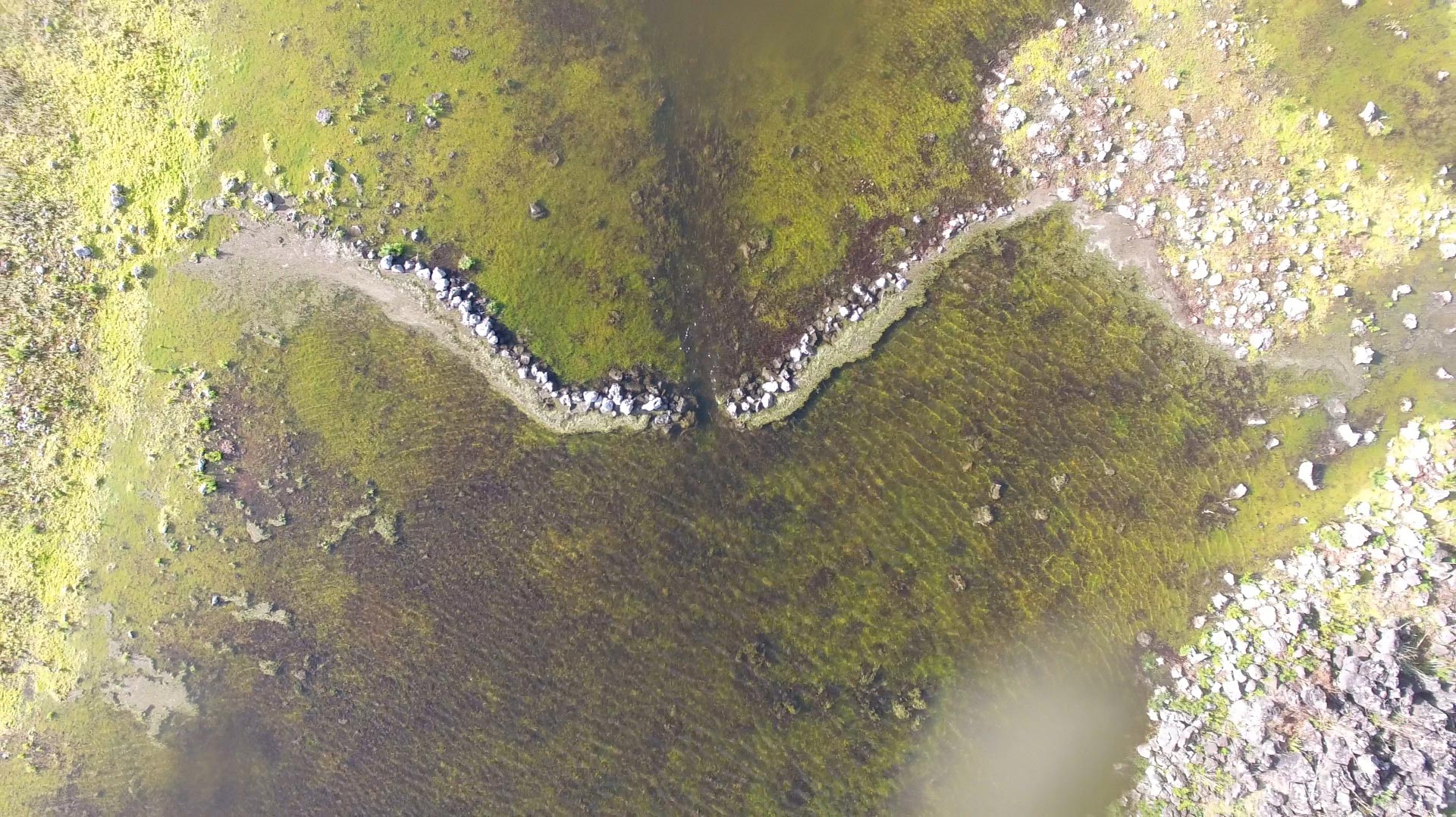
When was Budj Bim added to the UNESCO World Heritage List?
The Gunditjmara Traditional Owners, supported by the federal and state governments, nominated the Budj Bim Cultural Landscape to be added to the UNESCO World Heritage List. The nomination was presented to the World Heritage Committee in 2019.
The Budj Bim Cultural Landscape was the first site in Australia to be added to the list purely for its Aboriginal cultural importance.
The UNESCO World Heritage List contains over 1000 sites of natural and/or cultural importance from around the world. Once a site is added to the list it is protected by international treaties. At this time there are 20 Australian sites on the list. Particular sites of importance for Aboriginal and Torres Islander people include Uluru, the Great Barrier Reef and the Willandra Lakes region of New South Wales where Mungo Man and Mungo Lady were found.
Read a longer version of this Defining Moment on the National Museum of Australia’s website.
Research task
How many Australian sites are included on the UNESCO World Heritage List? Research one other site to find out why it is considered significant.
 What did you learn?
What did you learn?
1. Where is the Budj Bim Cultural Landscape?
2. What kinds of animals did the Gunditjmara people trap at Budj Bim? How did they do this?
3. What was the world first that Budj Bim achieved when it was added to the UNESCO World Heritage List?






